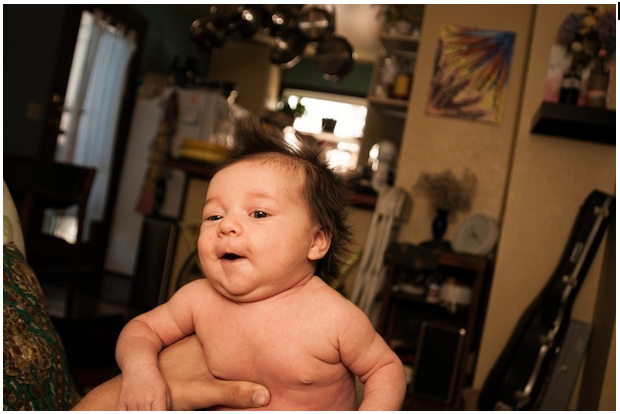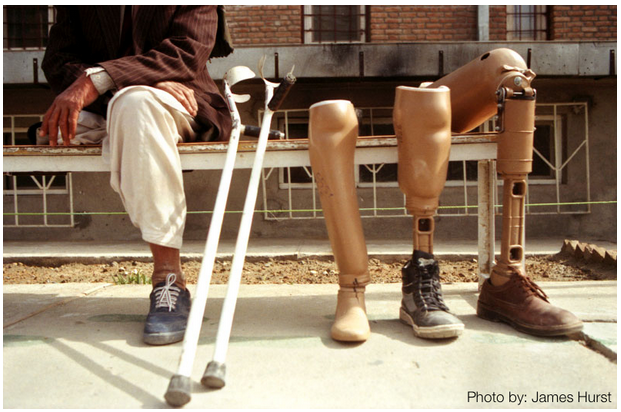This article was for ARTO 354.
My work is largely inspired by creation and the intricacies of personhood in particular. Though my theological understanding is poor, I can tell that we people are complex, both wrecked by sin and full of spectacular treasures. Therefore, thoughtfully executed raw documentary portraits are fascinating to me, especially in a narrative of redemption. The influences I know of include my grandfather (I worked in his dark room as a teenager), my wife and other photographers I have met.
Once I met a homeless painter on a bus in Eugene. His watercolor paintings were so detailed that if you were to scan one and blow it up, you would never know it was originally the size of a postcard. This man’s ability to articulate his artwork and reasons behind it (art therapy for troubled youth) inspired me to take his portrait. On another occasion, while I ran workshops at a public school, I encountered such bursting joy in the faces of elementary students from low SES families. These portraits were my ametuer attempts at fine art. But now, I want to turn photographic intuition into technical ability. I want to move from simply a family background into a historical context with an intimate knowledge of past and present portrait photographers.
Eight years ago, with the assistance of couchsurfing, I travelled with my family of five through 35 different countries over the course of three years. My parents wanted us kids to grow up with a diverse background influenced by the many faces we encountered along our journey. In many ways, my father was always taking the difficult photos. It is a challenge to cross invisible cultural borders and capture difficult subject matter.
Recently I met a photographer named Ruth who assisted me at a wedding. She expressed to me, oddly, that her favorite photographs to take where the portraits of terminally ill people. In one series, Ruth captured the progression of mad cow disease in a friend of hers. As his mind deteriorated, he was able to look back on the photos with his wife to remember himself. Ruth says these subjects are the most pure and open to photograph. There are no walls, facades, or masks. Likewise, children express a similar kind of innocence.

I took the photo of my daughter in my living room about a month ago with an external flash pointed against a yellow wall behind me. I hang out with my daughter a lot and she poses for pictures if I ask politely. Her subtle facial expressions happen so rapidly; I enjoy the challenge. This was not for any class or assignment.
The work of James Hurst exemplifies to me how visual continuity between subjects can be used to tell a story. This work excites me because (1) it has a certain raw journalistic aesthetic to it and (2) it seems unstaged, perhaps taken quickly from the hip. The photo is taken from a series entitled Afghanistan.

I would ask this photographer, how do you capture such dramatic subject matter with sensitivity? In gleaning from his work, I find the importance of preparedness and the implicit art of interacting with those on the other side of the camera.